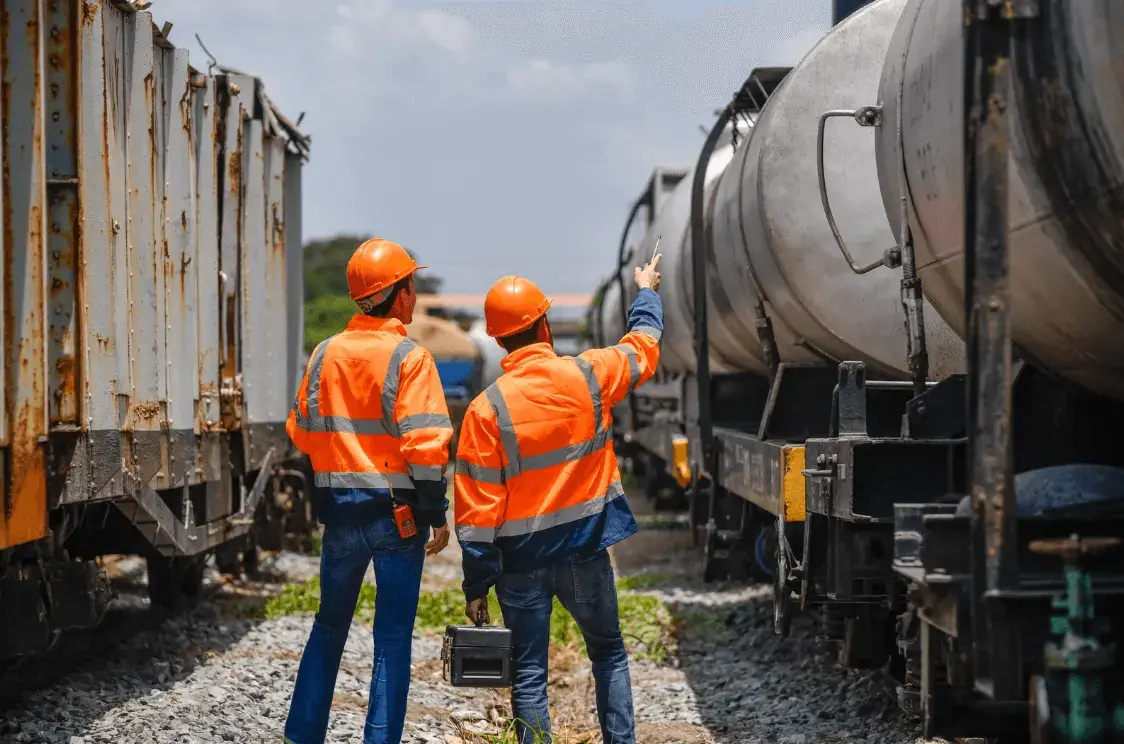Incident Investigation Team - Things to Consider
Before commencing the formal investigation process steps, the Investigation Team has various issues to consider and plan to ensure that the investigation runs smoothly.
These include logistical arrangements, scope of the investigation, authorisation to enter the site or incident scene as well as the well-being of the Investigation Team Members.
Common Challenges
Some of the common challenges we often find our clients have in relation to the Investigation initial actions include:
-
The Scope of Investigation / Terms of Reference are not established and clearly understood by relevant parties including the specific requirements of incident investigations conducted under Legal Professional Privilege (LPP).
-
Required logistics are not identified including transport, equipment, a secure, lockable room for working in and storing data/evidence, administrative support, relevant subject matter experts on the operation/plant etc. are not arranged in a timely manner.
-
No risk assessment is performed or questions asked to clarify if it is safe to enter an incident site.
-
Incident sites are entered without relevant authorisation.
-
Handover of photographs, data collected or pertinent facts is not obtained upon commencement of the investigation.
-
An overview of operations and the known sequence of events is not obtained.
-
Incident scenes not adequately recorded prior to clean-up / recovery / resumption of normal operations (photos / videos, measurements etc.).
-
Document control and management is not organised.
-
Th category/level of incident is not classified appropriately or re-assessed as need be.
-
Interim controls are not implemented to guard against recurrence pending the findings and implementation of recommendations to reduce risk and prevent a recurrence.
Best Practice Tips
Some very simple tips and actions can assist in mitigating the challenges, including:
-
Arrange a briefing upon arrival to obtain factual data that is known so far, take a collection of evidence that may have been collected, arrange logistics/resources and clarify the scope of the investigation.
-
Ensure that the authorisation has been obtained and the scene is safe before entering the area to conduct examinations, record measurements, take photographs etc.
-
Determine what the scene looked like at the time of the incident - clarify if anything has been moved or changed.
-
Take plenty of photographs in-situ (close-ups, far off shots, all angles).
-
Draw up mud maps/sketches about key components, location, material, plant, operator position etc.
-
Assess/confirm the category/level of the incident (and re-assess as more information is obtained).
-
Let the evidence “tell the story” – do not pre-judge or reach early conclusions.
-
With appropriate operational/subject matter expertise input consider if interim controls should be put in place pending the final recommendations.

Stay tuned for the next article when the focus will be on the on-scene site inspection. Take care and stay safe all.




